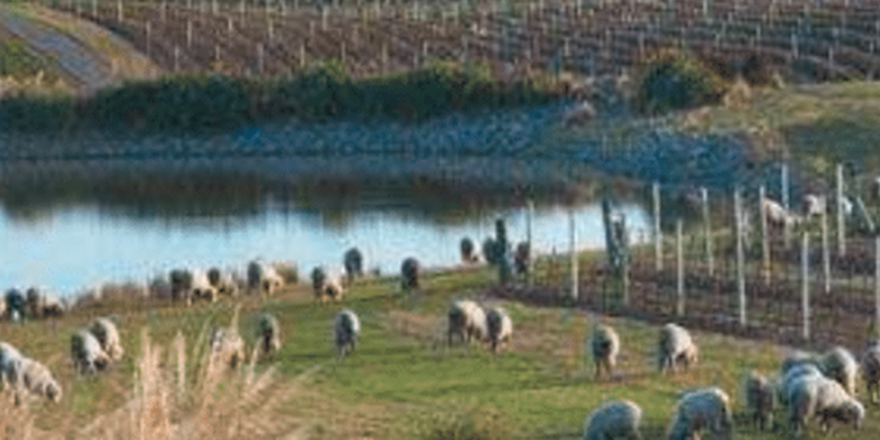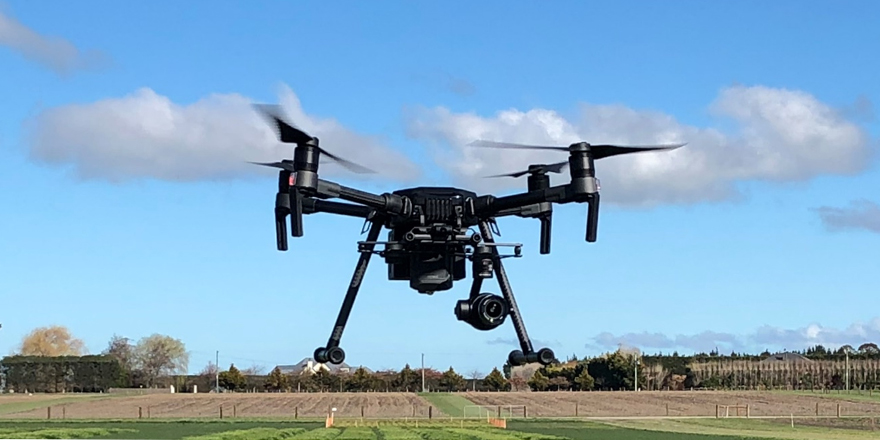
Executive Summary
New Zealand’s (NZ) primary sectoris facing uncertainty from all angles. Brexit and the USA/China trade
war has thrown our primary sector exports in the air and we don’t know where they’ll land. Climate
change, sustainability and natural resource management ask serious questions of the sector’s
performance and its adaptability. Changing consumer preferences along with a rise of low carbon
impact lifestyles also put pressure on the sector. Global export dynamics are in flux as emerging
economies such as India and China build momentum. On top of this, a myriad of government
regulatory changes in the form of the Zero Carbon Bill, Three Waters Review, and the movement for
a living wage, to name a few, will continue to affect the primary industry sector.
New Zealand has the 51st largest global economy measured by nominal Gross National Product (GPD),
21st largest measured by nominal GDP-per capita at $41,555 (USD)). New Zealand’s GDP-per capita is
comparable to Japan, which has a population of 127 million people and is ranked 3rd in GDP but 24th
in GDP-per capita at $39,306 (USD). New Zealand’s forecast overall growth for 2019 is 2.5% which
surpasses Japan (0.9%), Australia (1.7%), the United States (2.4%) and the EU (1.2%) (IMF, 2019). Based
on these measures, New Zealand is performing well.
But there appears to be misalignment between the situation experienced by the primary sector, New
Zealand’s largest earner ahead tourism and services, and measures of the nation’s economic health.
Is this due simply to the monotony of the media’s crisis narrative as they report on the economy? Are
economists right to suggest everything is ok or are there deeper problems for primary production in
New Zealand?
There are well known limitations to GDP as a measure of economic success. For example, GDP doesn’t
account for the contribution made to the economy of people and natural resources. The NZ wine
industry’s (NZWI) performance is rolled up into a single measure of export value by economists and
other monetary observers. The dairy industry answers to only one measure which is the milk solids
price. Some argue GDP is a reductionist and reactive measure, a lagging aggregate measure of growth
that doesn’t predict how we will fare as circumstances or assumptions change. It is also not very good
at illustrating the need to simultaneously grow and be resilient. Considering current primary sector
uncertainty, these are important limitations.
To understand the economic environment of the NZWI is to understand the complex interactions of
the value chain that are required to make and sell wine. The emergence of methods to measure
economic complexity (EC) has proved to be of interest to contemporary economic researchers and
practitioners in this regard (Simoes and Hidalgo, 2011; Tacchella, et al., 2012; Battiston, et al., 2012;
Cristeli, et al., 2013; Bahar et al., 2014; Hausmann and Hidalgo, 2014; Cristeli, et al., 2015; Morrison
et al., 2017; Ortiz-Ospina and Beltekian, 2018). This is because these methods are like using a
microscope compared to the magnifying glass of GDP in its ability to measure complex interactions
and explain their value. By uncovering the actors and their connections within a value chain,
complexity analysis can tell us more about uncertainty and, more importantly, what to do about it.
This isn’t to say that GDP as a measure of the economy is useless, merely that it should be used in
conjunction with measures like EC.
Economic complexity also has the capacity to account for the productive contribution of human and
natural resources to the economy in ways that GDP can’t. But, most importantly, EC offers measures
for the economy that account for knowledge.
5
The counter to economic vulnerability and uncertainty is resilience (Briguglio, 2006). Increasing the
economy’s complexity increases its resilience which in turn reduces its vulnerability and the
uncertainty held by the industries within it. Economic complexity analysis provides insights into how
to understand, measure and build a resilient economy.
Download and read the full report here




